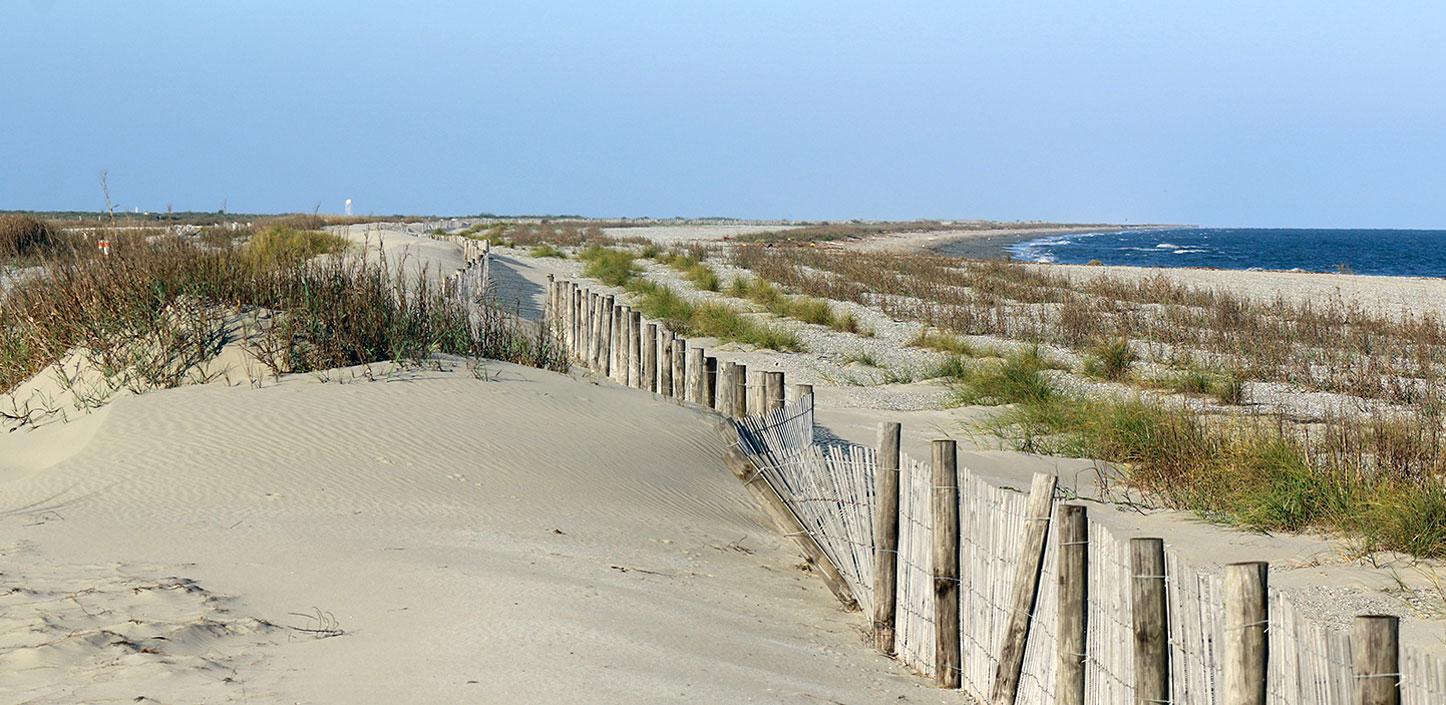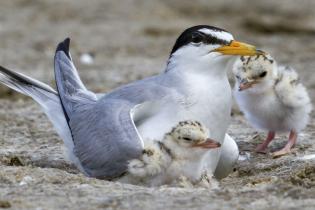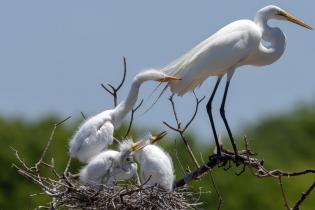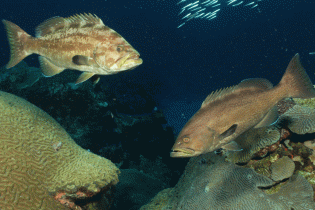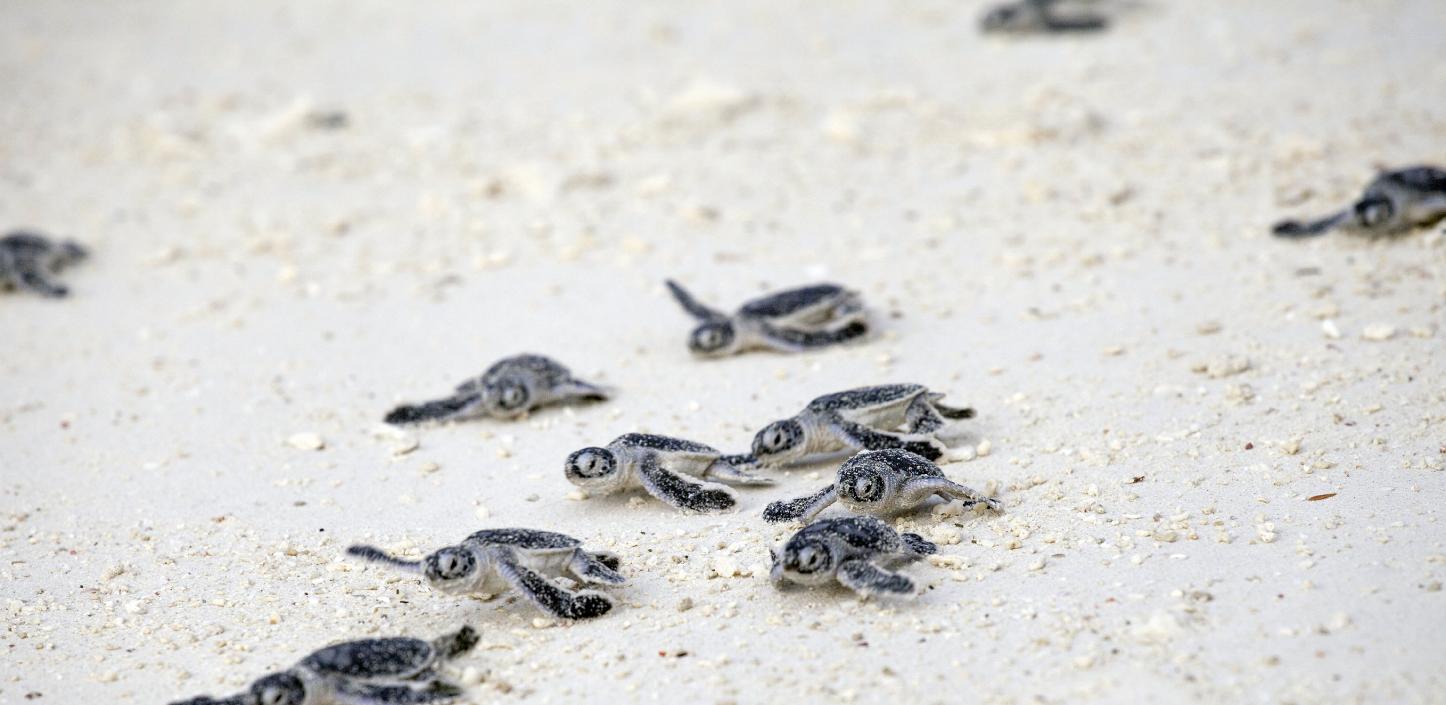
TEXAS
GEBF in Texas
“Here in Texas, we’ve used GEBF dollars to leverage additional private and nonprofit funds to restore and preserve thousands of acres of coastal habitats and wetlands, while at the same time working with communities and private landowners to voluntarily participate in conservation efforts. Not only have we been able to restore oyster, fish and bird habitats for both commercial and recreational enjoyment, we’ve bolstered resiliency efforts by enhancing the marshes, bays, dunes and barrier islands along the Gulf Coast to help protect our communities from the next storm.” — Texas Governor Greg Abbott
Summary
In November 2020, NFWF made its final awards from the Gulf Environmental Benefit Fund (GEBF) in the state of Texas. The GEBF has supported 60 projects, with a total value of $203.5 million. These projects leverage or compliment other conservation investments worth nearly $238 million, creating a total impact of more than $441 million for the Texas coast. These projects were selected for funding following extensive consultation with the Texas Parks and Wildlife Department, the Texas Commission on Environmental Quality, the Texas General Land Office, the U.S. Fish and Wildlife Service, and the National Oceanic and Atmospheric Administration.
The GEBF's investments have made a significant contribution to the long-term sustainability of critical coastal resources in Texas, including:
- More than 112,000 acres of important coastal habitat conserved, restored or enhanced
- More than 40 miles of vulnerable shoreline protected
- Half of coastal rookery sites enhanced for more productive nesting
- 100 acres of oyster reef restored
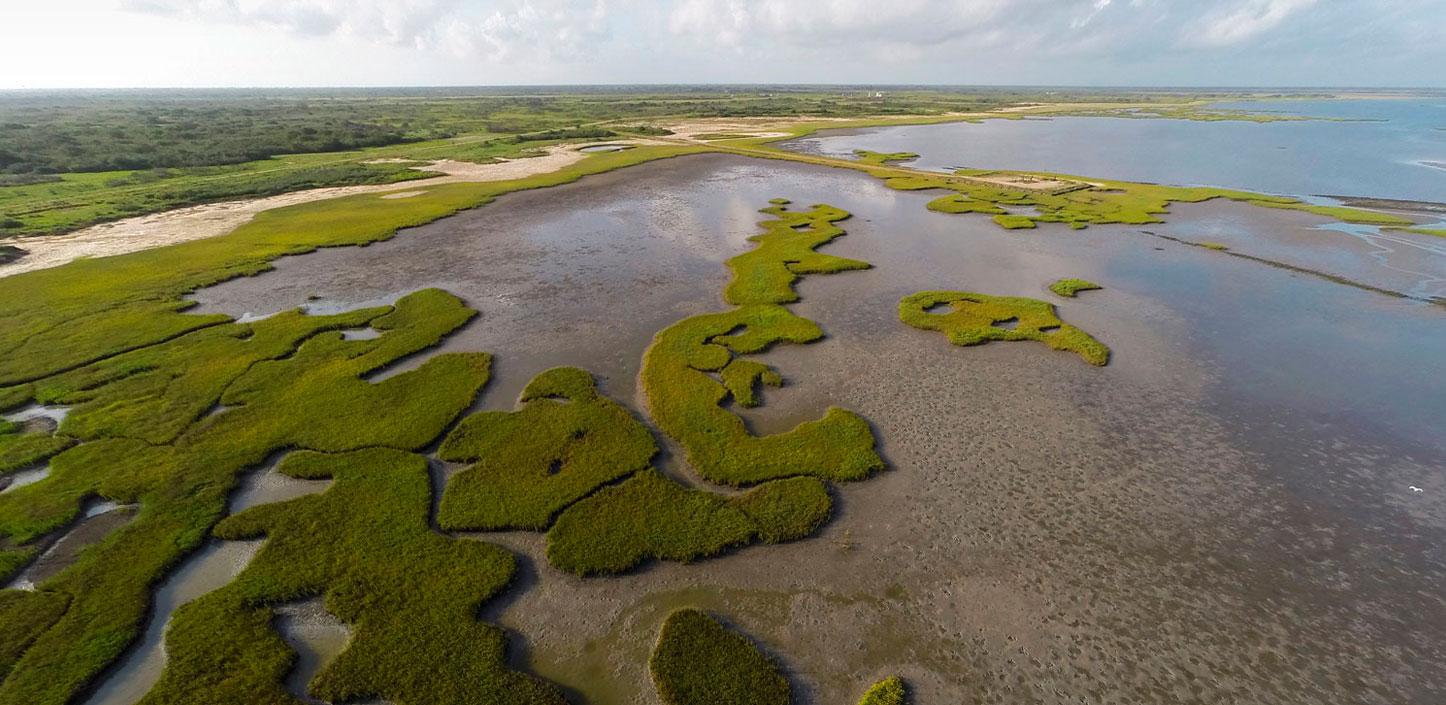
Project Highlights
View an interactive storymap highlighting conservation outcomes from GEBF investments in Texas.
Learn MoreGEBF Texas Species
The conservation and restoration projects the GEBF supported along the Texas Coast have been critical to helping protect important fish and wildlife including red drum, Kemp's ridley sea turtle, roseate spoonbill and black skimmer. Explore the image gallery below to learn about the species that were supported through these projects and the habitats where they reside. To learn more about Texas' Gulf Coast restoration projects visit: www.restorethetexascoast.org
